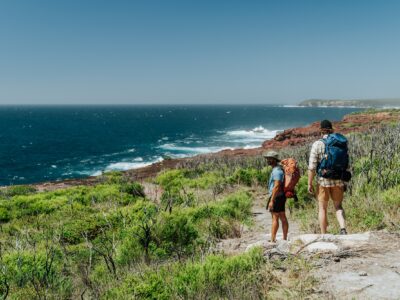Most people know about Pearl Harbour. But what about the night Japanese submarines snuck into Sydney Harbour?
Tell someone under 60 that Sydney was once attacked by Japanese submarines and they’ll probably call you a liar. But that’s exactly what happened in 1942. That’s right—our cushy coastal metropolis wasn’t as far away from the horrors of WWII as you may think.
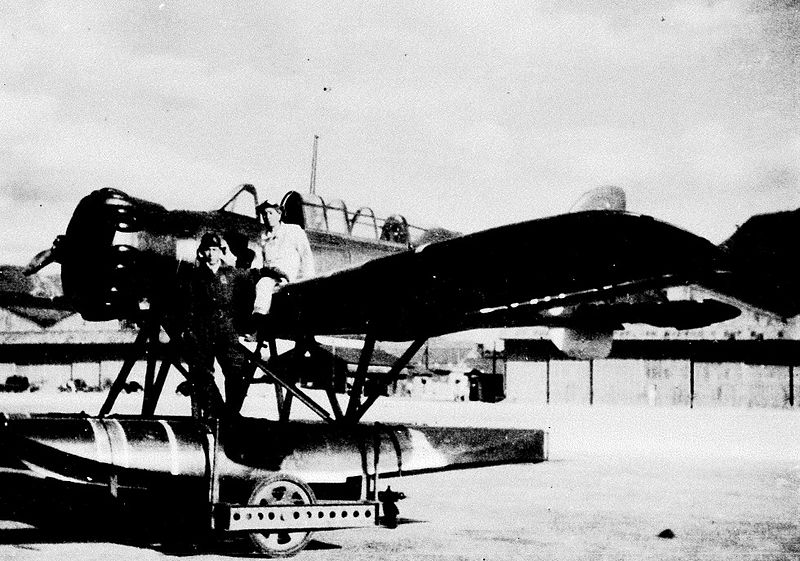
Nobuo Fujita flew over Sydney on a reconnaissance mission on 17 February 1942. The seaplanes sent in May were the same kind.
The secret mission
Failing their attempt to sneak submarines into Pearl Harbour in 1941 (despite doing plenty of damage from other attack methods) the Japanese tried the same tactic a year later, this time in Australia. The problem? Aussies didn’t believe the war would ever reach Sydney, which meant that even a strange plane identified by a secret radar unit didn’t raise an alarm.
In fact, it was part of a recon mission by the Japanese that was mistaken for an American plane, even when the New Zealand Naval Board warned Australia that they’d picked up a coded message from a Japanese submarine 20 nautical miles off Sydney’s coast
-
The ill-fated attack
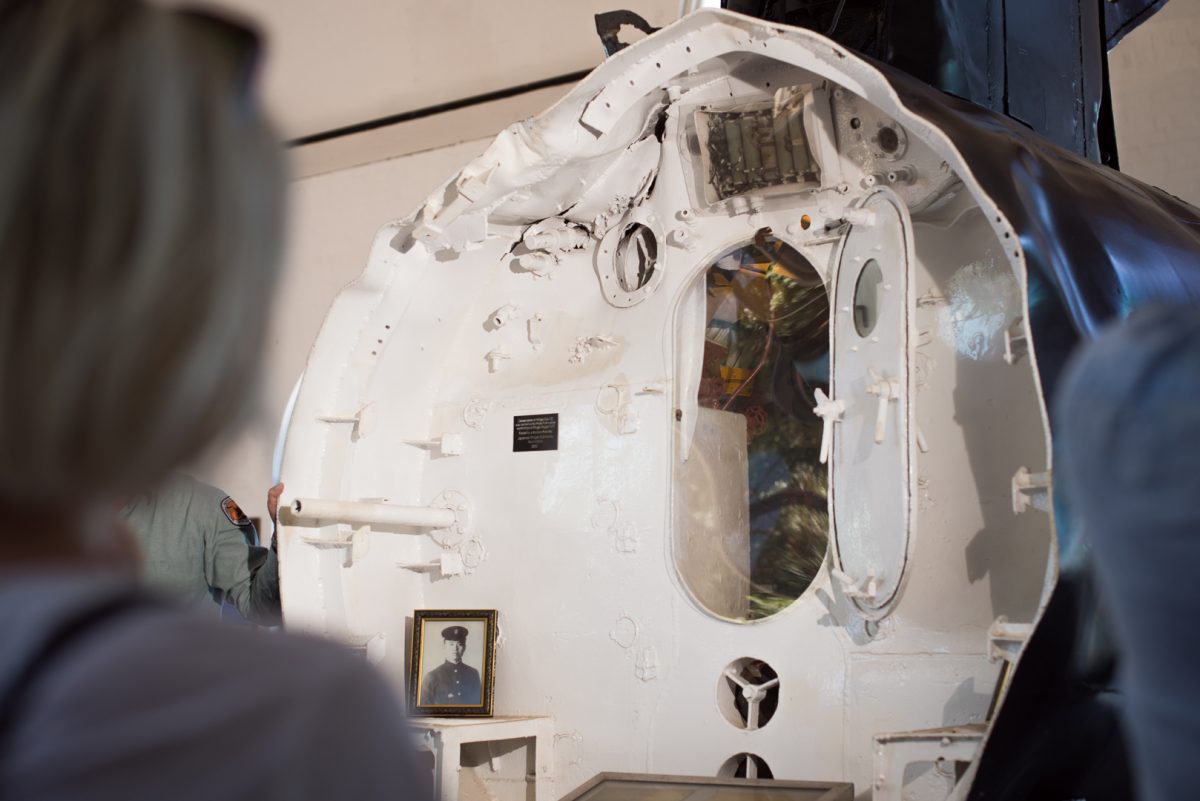 Photo Information
Photo InformationThe M-22 midget submarine on display at Garden Island’s Royal Australian Navy Heritage Centre shows dents the depth charges. The conning tower and control room shows the tiny access points two sailors had to squeeze through, and a portrait of the sailor who committed suicide inside.
On the evening of 31 May 1942, the Japanese Imperial Navy jumped on the opportunity, sending three midget submarines into Sydney Harbour from larger submarines that lurked outside the heads. These midget submarines were built for stealth, barely squeezing in two crew members each.
The first entered the harbour at 8pm, but got caught up in anti-submarine nets and attracted the attention of the HMAS Yarroma and Lolita. Once they realised they’d been caught, the Japanese crew activated an explosive, deliberately sinking the vessel and killing themselves.
The second managed to sneak past the nets and fire two torpedoes, hitting a Sydney ferry and killing nineteen Australian and two British naval officers. It then received fire from a number of Australian vessels and managed to escape, but curiously never made it back to the larger submarines outside the heads (more on this later).
The third and final entered Sydney Harbour at around 11pm. By this time, Sydney was ready. It had six depth charges (anti-submarine weapons) dropped on it and was presumed sunk, until it made a comeback four hours later and tried to fire its torpedoes. Since it was pretty banged up, the attack was a bust and the submarine was sunk by allied ships at around 3am.
Did you know: Although called midget submarines, they are larger that most people think. They are defined as a midget submarine because they are under 100 tonnes. Approximately 20m long, they carried 200 batteries in the back section and two torpedoes in the front section.
-
The aftermath
The attack lasted around nine hours, ending in the early hours of June 1st, 1942. While most Sydneysiders were spooked and some considered skipping town, many came to watch the submarines get hauled out of the harbour. Some people even waded into Taylors Bay to collect fish that had been killed by the shock of the depth charges.
 Photo Information
Photo InformationA wrecked submarine being hauled out of Taylor’s Bay, 1943.
It took several days to recover the bodies of the men that were killed in the attack, and shortly afterwards a burial service was held to honour those killed, including the Japanese submariners (whose remains were sent back to Japan in the months to follow).
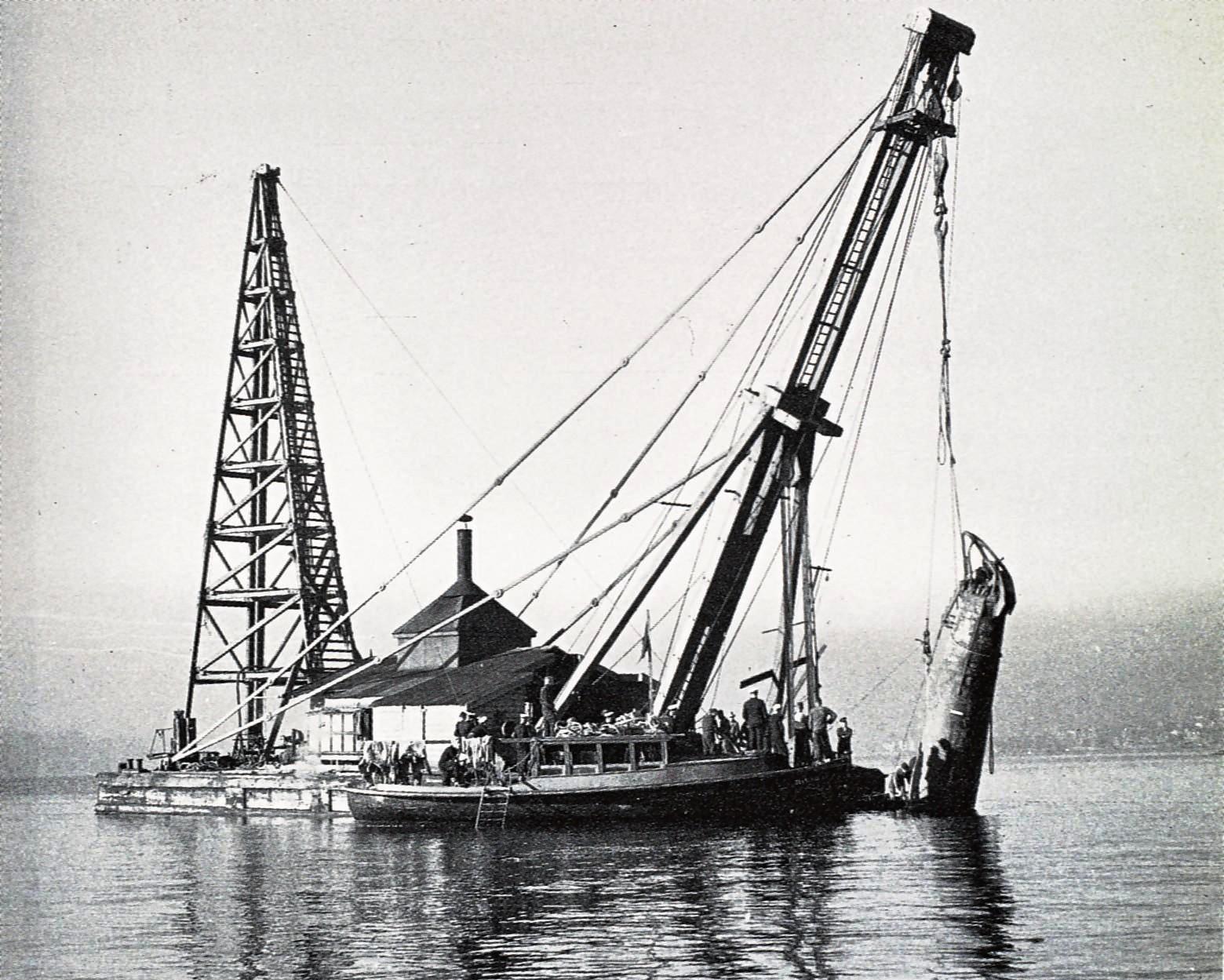 Photo Information
Photo InformationNot a gigantic fish: Japanese midget submarine M-22 being raised from Taylor’s Bay, Sydney, June 10, 1942.
Interestingly, the second midget submarine that never made it back to the larger submarine wasn’t found until 2006—64 years later!—when scuba divers from the No Frills Diving Club discovered it just off Bungan Head on the Northern Beaches.
Did you know: A resident at the time (credited as Mrs Jones) was confident that Sydney could withstand an attack, quoted in the papers as saying, “If London can take it, Surry Hills can take it!”
-
The historical artefacts
Parts of the two recovered submarines were joined to formed one vessel, which is now on display at the Australian War Memorial in Canberra. But you don’t have to leave Sydney to learn more about our naval history.
The conning tower from one of the submarines (the tall bit with the periscope) is on display at the Royal Australian Navy Heritage Centre on Garden Island, while bullet fragments from the attack are still visible on the Martello Tower (an old-school defensive fort built in the 19th Century) of Fort Denison – Muddawahnyuh, in Sydney Harbour National Park.
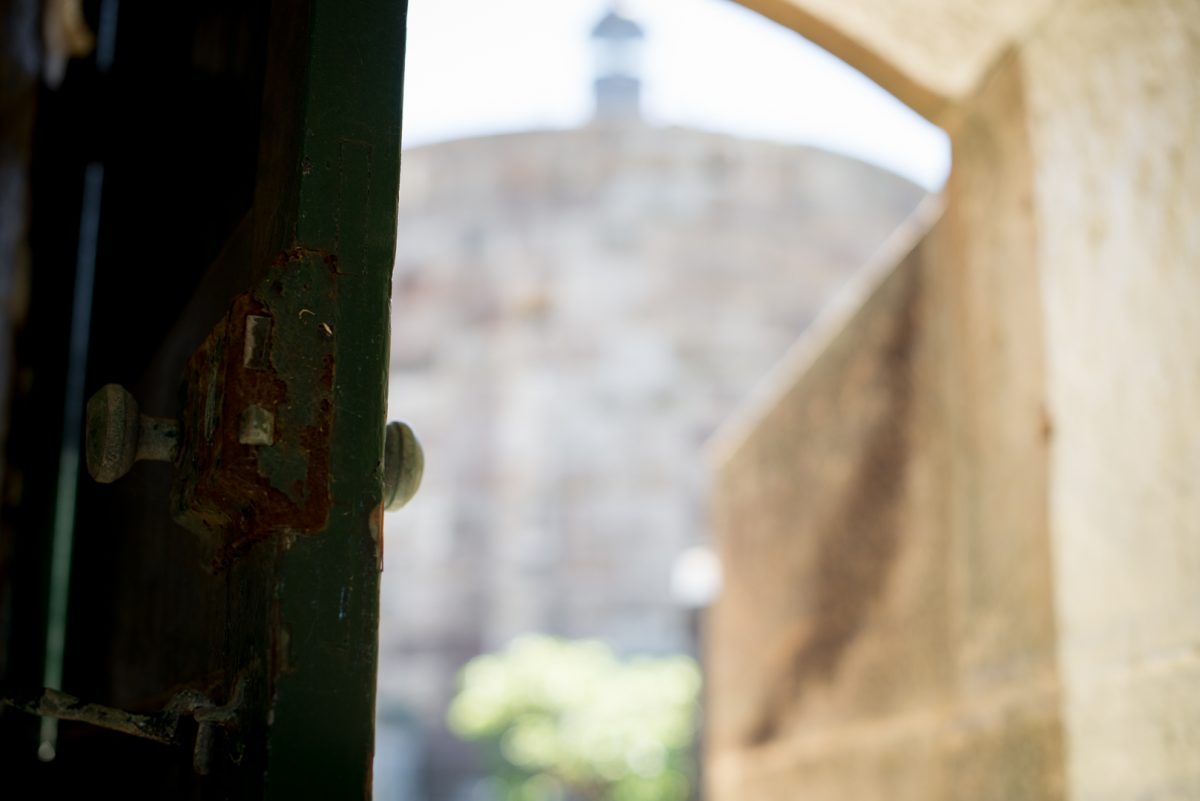 Photo Information
Photo InformationMartello Tower, seen through a building on Fort Denison
Fort Denison
Sydney Harbour National Park
Fort Denison – Muddawahnyuh (mud-uh-‘wahn-yuh) was the last Martello Tower built in the world and the only one built in Australia, so it’s definitely worth a visit. Ferries leave from Circular Quay for Fort Denison – Muddawahnyuh every day, where you can wander through the tower and canons gunpowder store.
 Photo Information
Photo InformationCaptain and tour guide Dave (who has an endearing dad vibe) cruises around in a vintage ferry, Sydney Harbour.
Make sure you’re there for the 1pm firing of the cannon, once used to help people tell the time (and now used to freak out the tourists). It’s a great spot to sit with a picnic lunch and appreciate the heritage of our harbourside home.











